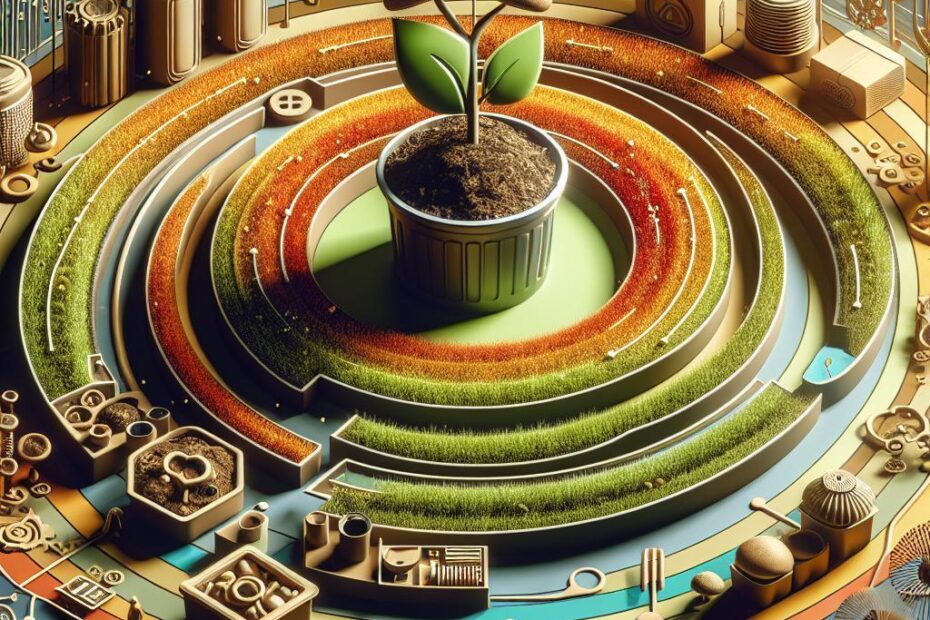Using Mushroom Compost in Raised Beds: A Complete Guide
Are you looking to boost the productivity of your raised beds while also reducing waste? Mushroom compost may be the answer you’re looking for. In this comprehensive guide, we will explore the benefits of using mushroom compost in raised beds, provide practical tips for incorporating it into your gardening routine, and share some real-life case studies and first-hand experiences. Let’s dive in!
Introduction to Mushroom Compost
Mushroom compost, also known as mushroom soil, is a nutrient-rich organic material that is created from the waste products of mushroom farming. It typically consists of a mixture of straw, horse manure, gypsum, and other organic materials that have been used to grow mushrooms. Once the mushrooms have been harvested, the leftover compost is recycled and can be used as a soil amendment in gardening.
Benefits of Using Mushroom Compost in Raised Beds
There are numerous benefits to using mushroom compost in your raised beds, including:
-
Nutrient-Rich Soil: Mushroom compost is packed with essential nutrients that can improve soil fertility and promote healthy plant growth.
-
Improved Soil Structure: The organic matter in mushroom compost can help improve soil structure, making it easier for plant roots to penetrate and access water and nutrients.
-
Increased Water Retention: Mushroom compost has excellent water retention properties, which can help reduce the frequency of watering in your raised beds.
-
Sustainable Gardening: By using mushroom compost, you are participating in a sustainable gardening practice that helps reduce waste and recycle organic materials.
Practical Tips for Using Mushroom Compost in Raised Beds
Here are some practical tips for incorporating mushroom compost into your raised beds:
-
Mix It In: Before planting, mix mushroom compost into the top few inches of soil in your raised beds to ensure even distribution of nutrients.
-
Top Dressing: Use mushroom compost as a top dressing around existing plants to provide a nutrient boost throughout the growing season.
-
Compost Tea: Create a compost tea by steeping mushroom compost in water for a few days, then use the nutrient-rich water to water your plants.
-
Mulching: Use mushroom compost as mulch around your plants to help retain moisture and suppress weeds.
Case Studies and First-Hand Experiences with Mushroom Compost
Case Study 1: Increased Yield
A vegetable gardener in California started using mushroom compost in her raised beds and saw a significant increase in her harvest. The nutrient-rich compost helped her plants thrive and produce more fruits and vegetables than ever before.
Case Study 2: Improved Soil Health
A flower enthusiast in New York noticed a dramatic improvement in the health of her soil after incorporating mushroom compost into her raised flower beds. The compost helped improve soil structure and fertility, leading to bigger and brighter blooms.
First-Hand Experience:
“I’ve been using mushroom compost in my raised beds for several years now, and I can’t imagine gardening without it. My plants are healthier, my soil is richer, and my harvests are more bountiful than ever before. Plus, I love knowing that I’m contributing to a more sustainable gardening practice,” said Jane, a home gardener in Texas.
Conclusion
In conclusion, using mushroom compost in raised beds can be a game-changer for your gardening endeavors. From increased yields to improved soil health, the benefits are numerous. By following our practical tips and learning from real-life case studies and first-hand experiences, you can make the most of this nutrient-rich soil amendment. Give mushroom compost a try in your raised beds and watch your plants thrive!
Remember, happy plants start with healthy soil!
